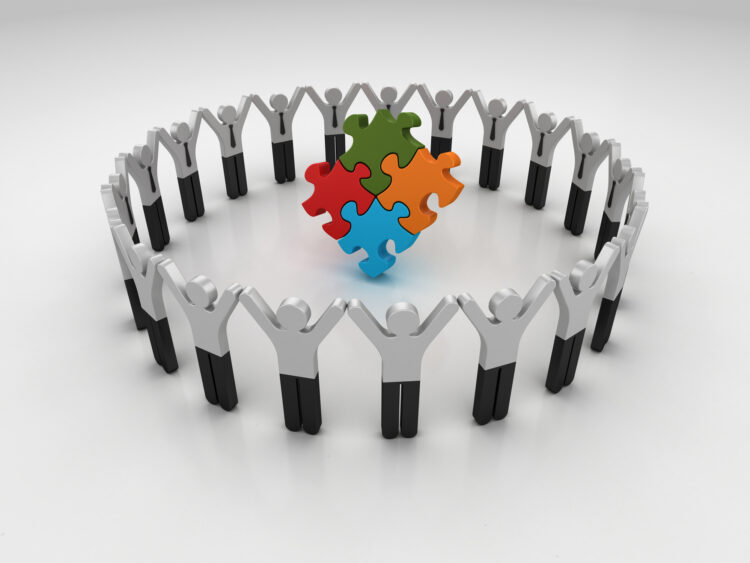Last Updated on October 7, 2023 by Editors Desk
Explore the key strategies and techniques for enhancing self-regulation within your team. Learn how to manage emotions, resolve conflicts, and maintain focus for more productive teamwork.
Effective teamwork is the backbone of success in any organization. When individuals come together to work towards a common goal, they can achieve remarkable outcomes. However, achieving harmonious and productive teamwork isn’t always a smooth ride. Challenges arise, conflicts surface, and emotions run high. This is where the art of self-regulation in team dynamics comes into play.
In this comprehensive guide, we’ll explore the concept of self-regulation, delve into the realm of emotional intelligence, and provide actionable strategies and techniques that can transform your team into a well-oiled machine. By mastering self-regulation, your team can navigate challenges, resolve conflicts, and maintain unwavering focus, ultimately leading to more productive and harmonious teamwork.
Understanding Self-Regulation

Self-regulation is the ability to manage and control one’s emotions, thoughts, and behaviors in various situations. In team dynamics, it plays a crucial role in fostering collaboration, resolving conflicts, and achieving common objectives. It involves harnessing emotional intelligence, which is the capacity to recognize, understand, and manage emotions, both in oneself and in others.
Emotional Intelligence in Team Dynamics
Emotional intelligence (EQ) is a cornerstone of effective teamwork. It enables team members to:
- Understand their own emotions and how they impact their performance.
- Empathize with the emotions of others, leading to improved communication and trust.
- Regulate their emotions to respond constructively to challenges and conflicts.
Now, let’s delve into the strategies and techniques that can help your team master self-regulation:
Strategies for Self-Regulation

Managing Emotions
- Self-awareness: Encourage team members to reflect on their emotions and triggers. This awareness is the first step in regulating emotions effectively.
- Pause and breathe: When faced with a stressful situation, encourage a moment of pause. Deep breathing can help in calming the mind and making rational decisions.
- Emotion labeling: Teach your team to label their emotions. By putting feelings into words, they gain better control over them.
Conflict Resolution
- Active listening: Promote active listening skills within your team. Encourage members to fully understand each other’s perspectives before jumping into solutions.
- Empathy: Foster empathy by encouraging team members to see conflicts from the other person’s point of view. This helps in finding common ground and resolving disputes.
- Negotiation and compromise: Teach negotiation and compromise as essential skills. Sometimes, finding a middle ground is the best solution to conflicts.
Maintaining Focus
- Goal setting: Clearly define team goals and individual roles. Having a shared vision helps maintain focus and alignment.
- Time management: Provide time management tools and techniques to help your team stay on track and avoid distractions.
- Mindfulness breaks: Introduce short mindfulness breaks during meetings to recenter and refocus the team’s energy.
Techniques for Self-Regulation

Mindfulness Meditation
- Mindfulness practice: Encourage your team to incorporate mindfulness meditation into their daily routines. It can significantly enhance self-awareness and emotional regulation.
Stress Management
- Stress relief techniques: Teach stress-relief techniques such as deep breathing exercises, progressive muscle relaxation, and journaling to help team members cope with stress.
Active Listening
- Listening exercises: Conduct listening exercises during team meetings to improve active listening skills. This promotes better understanding and communication.
The Role of Communication

Effective communication is the glue that holds teams together. It’s vital to convey the importance of open and honest communication within your team. Encourage regular check-ins, one-on-one meetings, and a culture of feedback.
Building Trust and Collaboration

Trust is the foundation of any successful team. To build trust:
- Lead by example: Demonstrate trustworthiness and transparency in your actions.
- Foster a collaborative environment: Encourage brainstorming sessions and collaborative problem-solving.
- Celebrate successes: Acknowledge and celebrate team achievements to boost morale and trust.
Measuring and Evaluating Self-Regulation
To gauge the effectiveness of self-regulation within your team, consider implementing regular assessments and surveys. Solicit feedback from team members to identify areas for improvement and track progress over time.
Conclusion
Mastering the art of self-regulation in team dynamics is a journey that leads to enhanced teamwork, improved collaboration, and ultimately, greater success. By understanding the importance of emotional intelligence, implementing effective strategies, and nurturing a culture of self-regulation, your team can overcome challenges, resolve conflicts, and maintain unwavering focus.
Remember, self-regulation is a skill that can be learned and honed, and the benefits it brings to your team are well worth the effort. So, embark on this journey towards team success, armed with the tools and techniques outlined in this roadmap, and watch your team thrive like never before.



